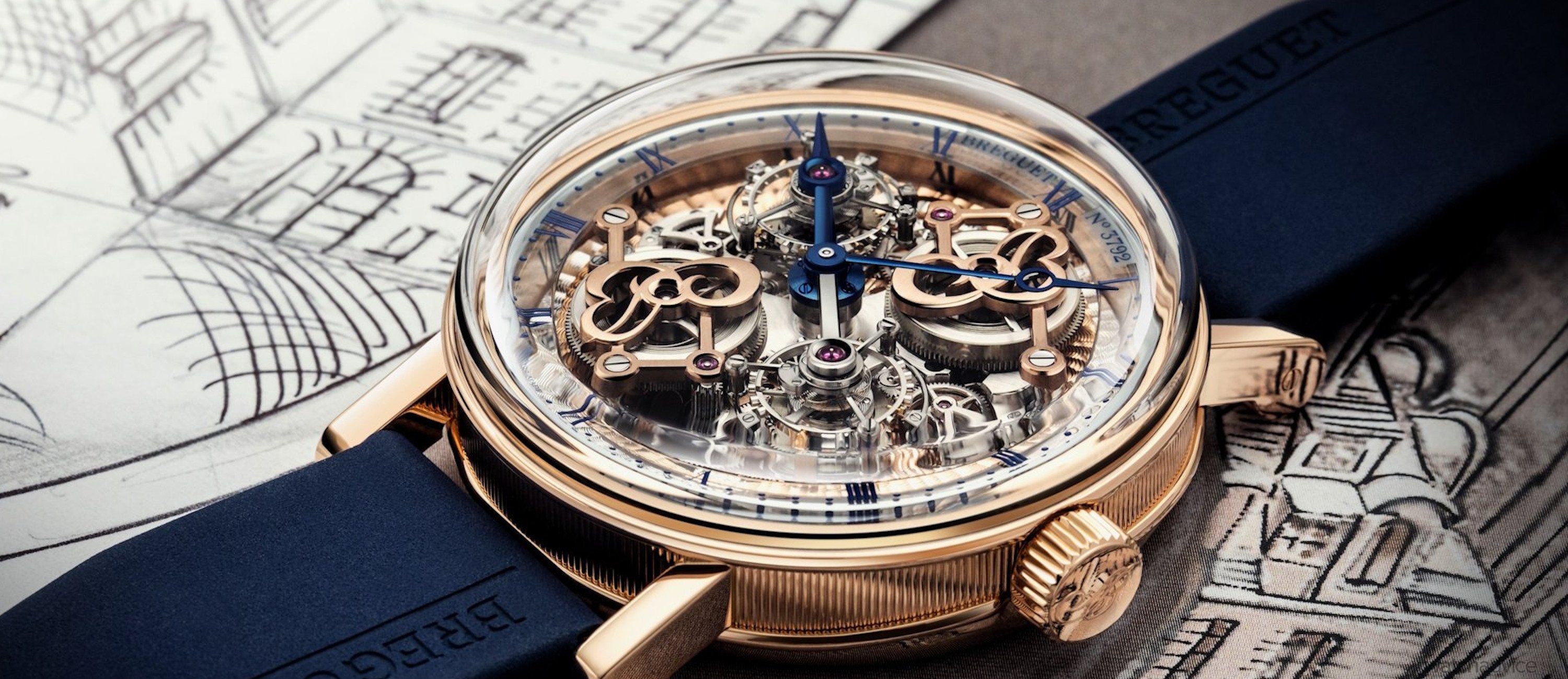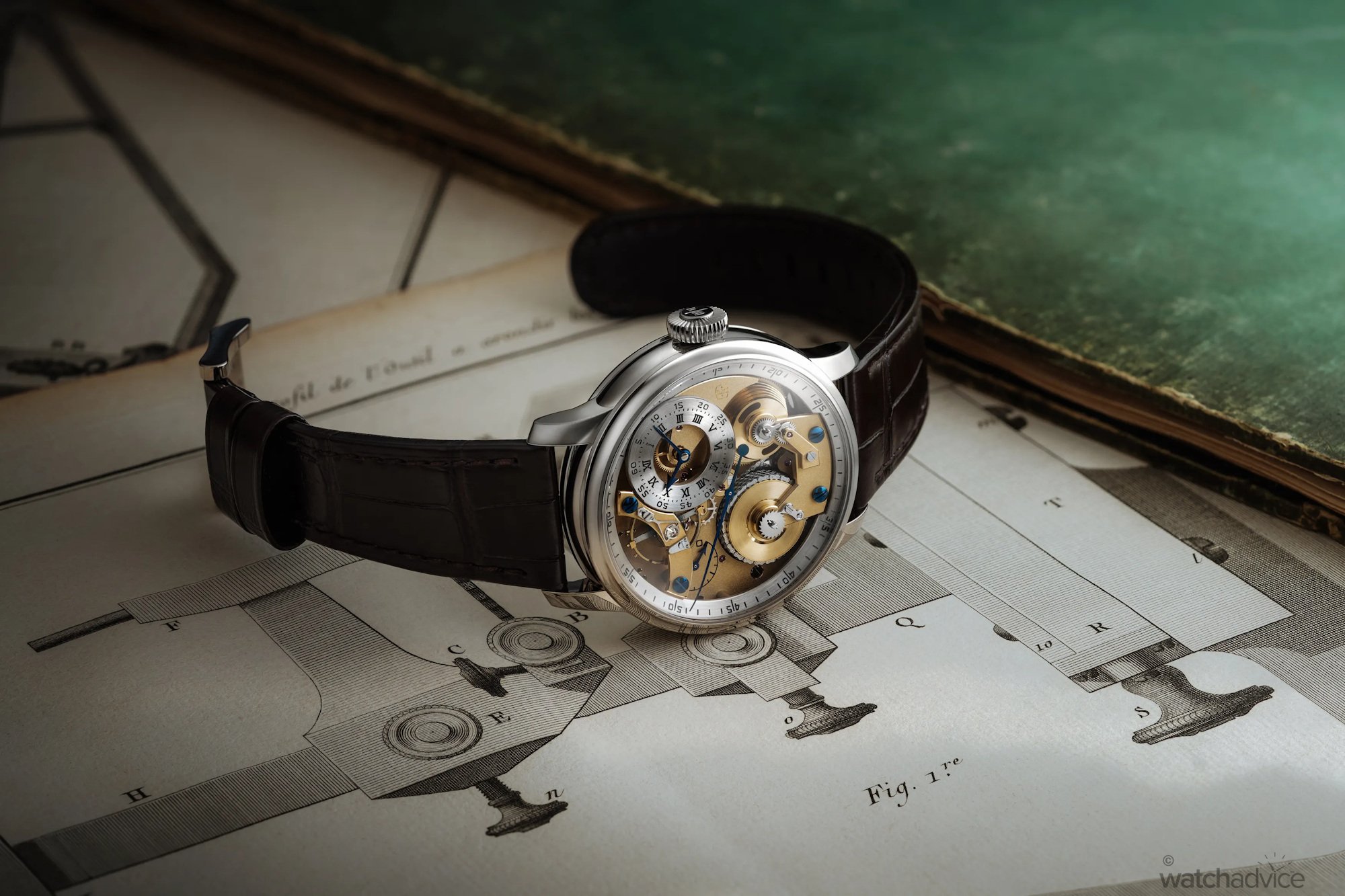Even in the digital age, the poetry of mechanical watchmaking will never fade. Because no matter how advanced technology becomes, there will always be those who prefer the tick of a balance wheel over the buzz of a notification.
More Than Just Time
Are high complications still relevant in modern-day watchmaking? While there may be some who argue what is the point of a chronograph on a watch, or why have the need for perpetual calendars when I can simply look at my phone, I’m here to tell you that these complications are not only necessary, but required to keep the world of mechanical watchmaking constantly moving forward. These complications aren’t relics of the past; they are the heartbeat of horlogerie. If mechanical watches were only about telling the time, the story would have ended long ago.
For those that are new to the world of watches, a complication is an added “feature” or function on a watch on top of the normal time. There are countless complications in watchmaking, from the simple date display to the most elaborate high complications. However, only a handful of these complications are widely popular, becoming a staple across the catalogues of many brands. These complications are the ones enthusiasts will recognise immediately: chronographs, moonphases, minute repeaters, calendar indications (annual, triple and perpetual), tourbillons, to the simpler power-reserve indicator. These are the very mechanisms that have transformed watches as practical tools into expressions of ingenuity and artistry.
When it comes to high complications, there are only a certain number of complications that fit into this category. Having any complication outside of telling the time makes the watch more complex in construction, but a high-complication movement takes this to a whole other level. The simplest way to think about it is this: If a watch combines multiple complications, such as the calendar complications (annual, triple and perpetual) where at least three complications are used (day of the week, month, date etc), or a chronograph paired with a calendar complication, a tourbillon alonside a minute repeater, it enters the realm of high complications.
Having these complications on your wrist isn’t done purely for practical purposes. Although I would also argue that some complications are actually very useful. For example, I just recently came back from a trip to Geneva, and having two separate time zones displayed on the watch helped more than I thought it would initially. The GMT function allowed me to know what time was back home in Brisbane, while the local time in Switzerland was displayed as per normal timekeeping on the dial.
I do still occasionally get people asking me, “But Sam, what’s the point of having a perpetual calendar, or a chronograph, or a tourbillon on a timepiece?”, to which I offer the counterpoint, “It’s not always about practicality”. I start by explaining that just imagine how complex it is to make a mechanical watch. I think people tend to lose sight of this as mechanical watchmaking is taken for granted. The fact that a small network of gears, springs, and levers can keep time accurate to within minimal tolerances is already an engineering marvel in itself. I once had a car mechanic turned watchmaker tell me that it is, in fact, harder to build a watch than it is a car, as the tolerance level for errors is greatly smaller than it is for a car.
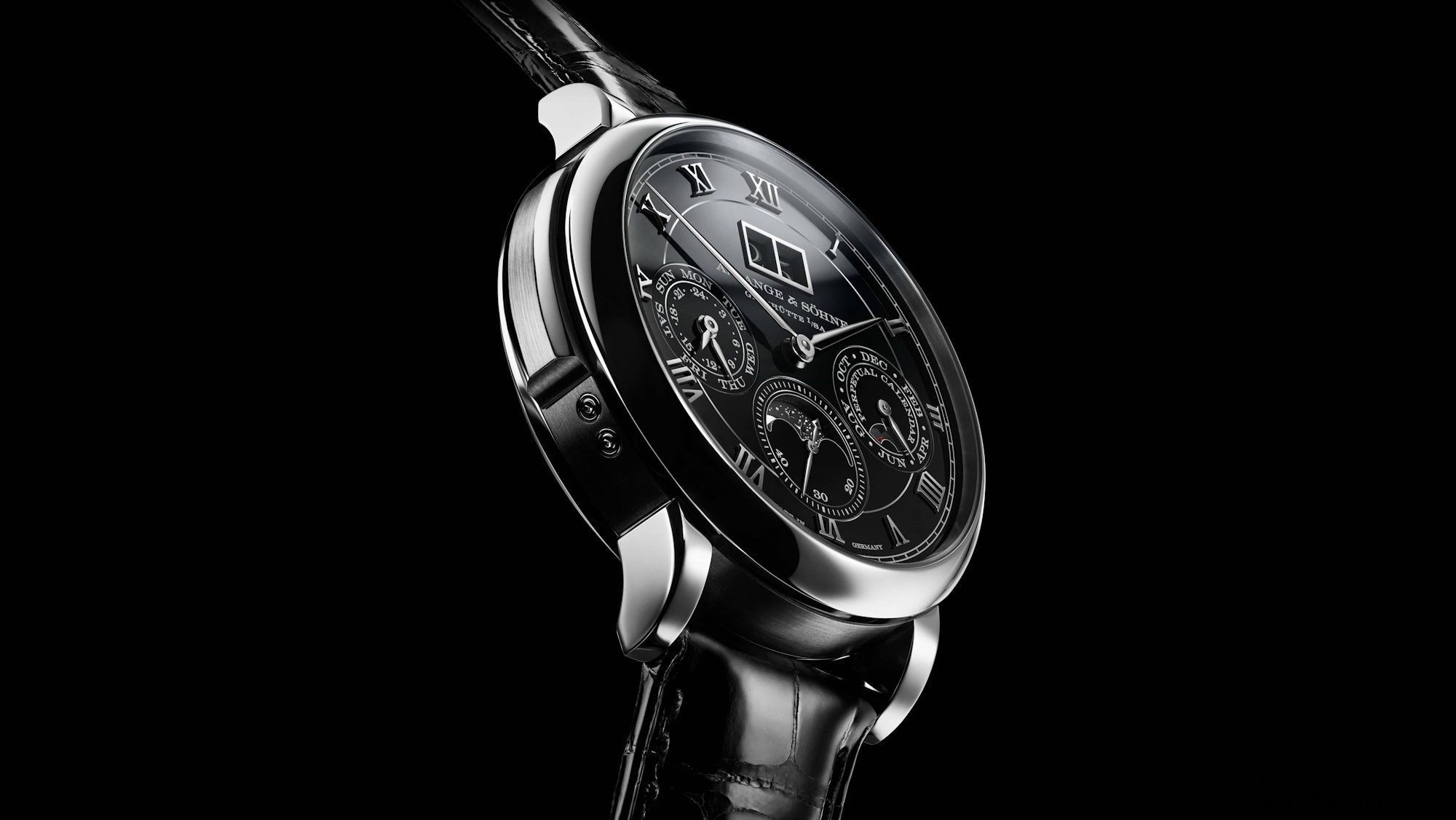
Now take this mechanical foundation of a simple time-only watch, and imagine layering in additional functions: tracking the leap years, chiming the hours, quarter hours, and minutes on demand (which is one of the most complex mechanisms!) to countering the effects of gravity on a timepiece’s accuracy (tourbillon mechanism). This is the magic of complications: they transform watchmaking from the simple (or so it seems!) mechanics into a pure art form, where the challenge to create and innovate is not necessity, but the pursuit of possibility.
It’s like having an expensive artwork on your wall (will dive into this topic in-depth later). No one needs to have artwork; it serves no practical purpose. But we do it because it inspires us, it moves us, and it showcases a level of human creativity that goes beyond necessity. Watchmaking and high-complication watchmaking serve this exact same purpose. It’s a mechanical artwork for the wrist.
Echoes of the Past, Beating on the Wrist
Complications have been around since the beginning of watchmaking, from the early days of pocket watches, where early innovators like Breguet created complex solutions to mechanical timekeeping accuracy (tourbillons). It certainly is amazing to think that those early innovative solutions are what are still being implemented today, with modern changes to the initial designs.
Breguet wasn’t the only pioneer of complex watchmaking, however. Across centuries, different watchmakers and maisons each contributed to the breakthrough innovations that shaped the very landscape of haute horlogerie. From Thomas Mudge’s perpetual calendar to Nicolas Rieussec’s chronograph, and later Patek Philippe’s introduction of the annual calendar, innovation has always been a collective joint effort. These early innovations not only solved practical problems for the era (chronographs, for example, were invaluable before digital timers), but also laid the foundations for the complications we continue to admire on wrists today. Outlined below, I’ve compiled a brief list of various complications and when they were found.
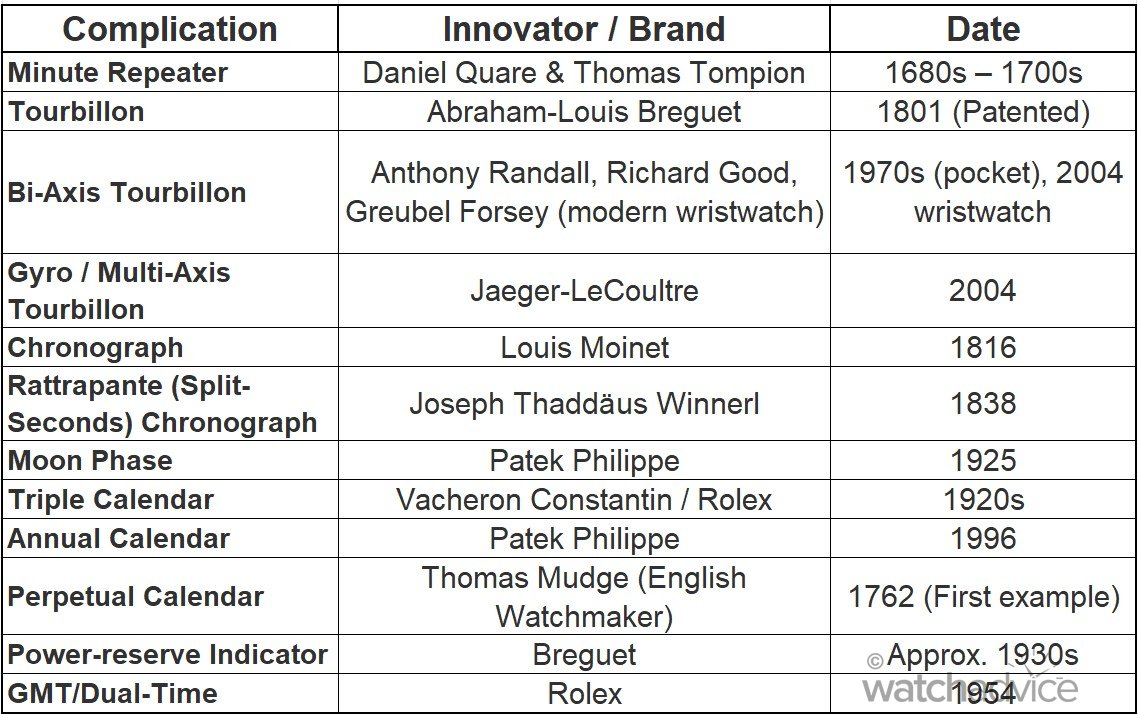
When Engineering Becomes Poetry
The engineering behind high complications feels like mechanical poetry. The design behind these complex mechanisms has been very carefully thought out, with every gear, spring, and lever being carefully arranged so that not only does it function efficiently, but it all flows in harmony. Take a perpetual calendar, for example. This isn’t just a calendar display. It’s a symphony of wheels advancing with perfect precision to track leap years and irregular months, alongside the date, day of the week, and month being constantly rotated in the process.
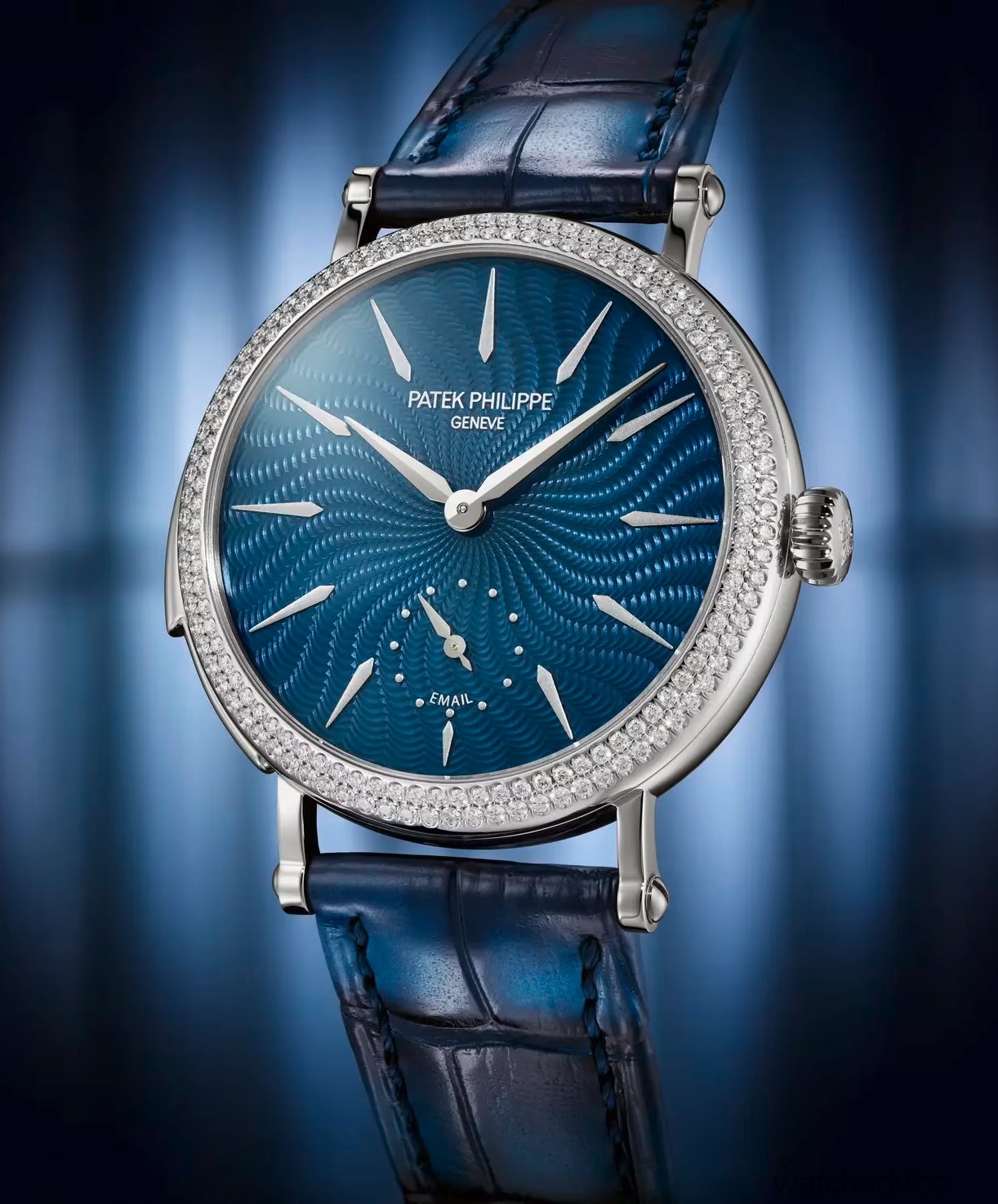
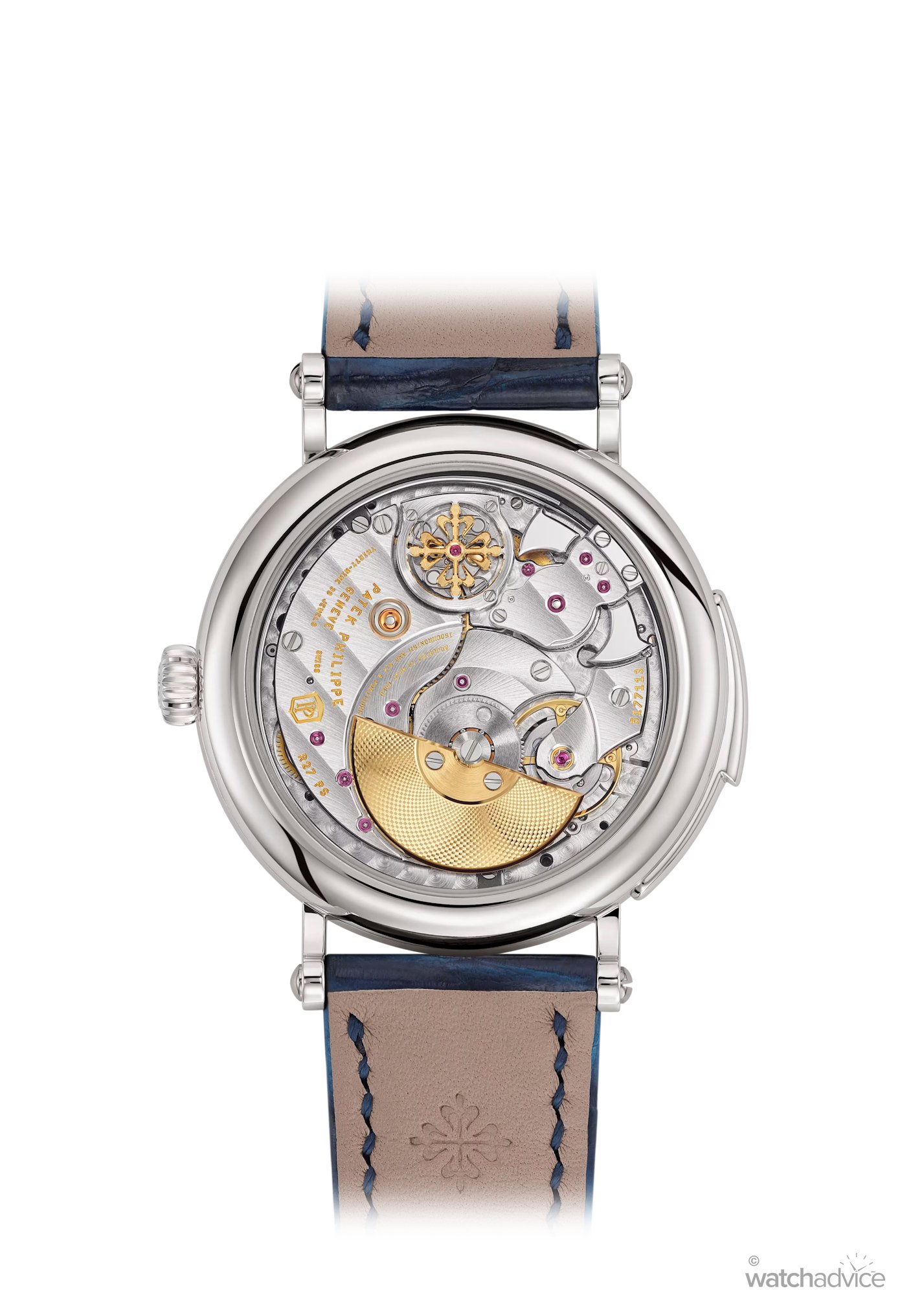
A minute repeater, on the other hand, doesn’t just chime the hours. The process behind creating a minute repeater is so extensive that it’s one of the most expensive complications to make. Various materials offer different sounds when the gongs are activated, so depending on the case metal that’s chosen, the chime can resonate in brighter or deeper tones. Gold tends to produce a warm, mellow sound, while titanium and steel often result in sharper, more resonant tones. Even the thickness of the case and the finishing of the gongs can influence the final sound! This is why minute repeaters are considered one of the most complex complications, with each brand offering its own take with unique chimes.
We’ve been fortunate to go behind the scenes at several haute horlogerie manufactures, including the likes of Bulgari and Hublot (just to name a few). These in-depth experiences have given us more than just a glimpse of the workshops; they’ve offered a deeper appreciation for the craft of high watchmaking itself. Watching the various artisans painstakingly assemble the complications, decorate components, and fine-tune movements shows just how much skill and dedication lies behind every finished piece. It’s in these moments that the true artistry of high complications reveals itself. From incredible micro-engineering to awe-inspiring craftsmanship, this is human achievement in its most luxurious form.

What makes these engineering feats poetic is that they serve no real necessity in today’s world. They exist because of the pursuit of innovation and the celebration of mechanical beauty. It’s about pushing boundaries until the mechanism itself becomes art, a piece of wearable poetry on the wrist.
Handmade In A Machine World
In an era where almost everything is done by machine, and now with the emergence of artificial intelligence, the importance of hand-craftsmanship has never mattered more. For haute horlogerie, the human touch remains irreplaceable. Every mirror-polished screw head, every chamfered edge, and different finishing techniques such as perlage, guilloche, Côtes de Genève, and engraving are all a testament to the patience and precision that no robotic arm can simply replicate. A high-complication timepiece goes hand-in-hand with exquisite finishing, so not only are you admiring the engineering, you are also witnessing the fingerprint of the artisan who gave it life.
This, for me, is also where independent watchmaking really shines. While there are certainly plenty of larger, well-known Swiss brands creating exceptional pieces with remarkable finishing, independent watchmakers operate on a completely different wavelength.
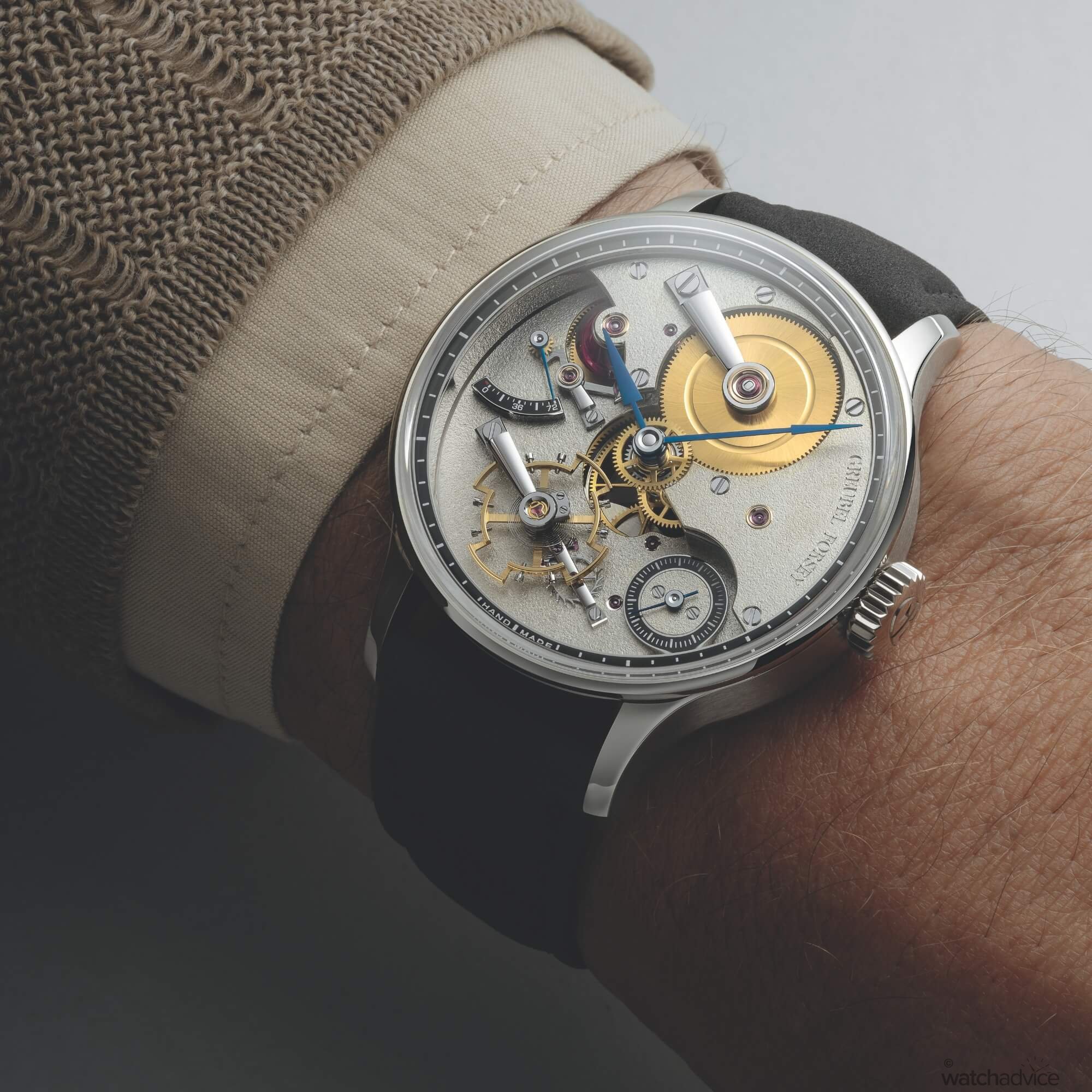
Free from the constraints of mass production and corporate oversight, independent brands have the creative freedom to experiment, to break tradition, and to create timepieces that reflect pure artistic vision. Watchmakers like Philippe Dufour, L.Leroy, and Gruebel Forsey, for example, operate on a philosophy that values soul over scale. The timepieces produced by the likes of these brands are not products of efficiency, but created to showcase the highest level of craftsmanship that can be achieved by the human hand.
One such brand that is at the pinnacle of this “vision” is, for me, Ferdinand Berthoud. Their latest timepiece, released during Geneva Watch Days 2025, is the Naissance D’Une Montre 3. While this timepiece is a mechanical masterpiece, what makes it stand out for me even more is the finishing, or rather, how it’s “finished”. Ferdinand Berthoud has expressed its intent clearly in that it does not want to use CNC techniques in the watch manufacturing process, rather opting to have this incredibly complex movement finished entirely by hand.
In an industry where it’s become more reliant on automation, which is perfectly understandable with modern manufacturing, it’s brands like Ferdinand Berthoud, however, that stand as a reminder that the value of a timepiece isn’t always found in its efficiency, but in its soul. To see a brand consciously choose tradition over convenience, to favour using hand tools for craftsmanship over machines, is certainly a bold move, but one that showcases perfectly the spirit of independent watchmaking.
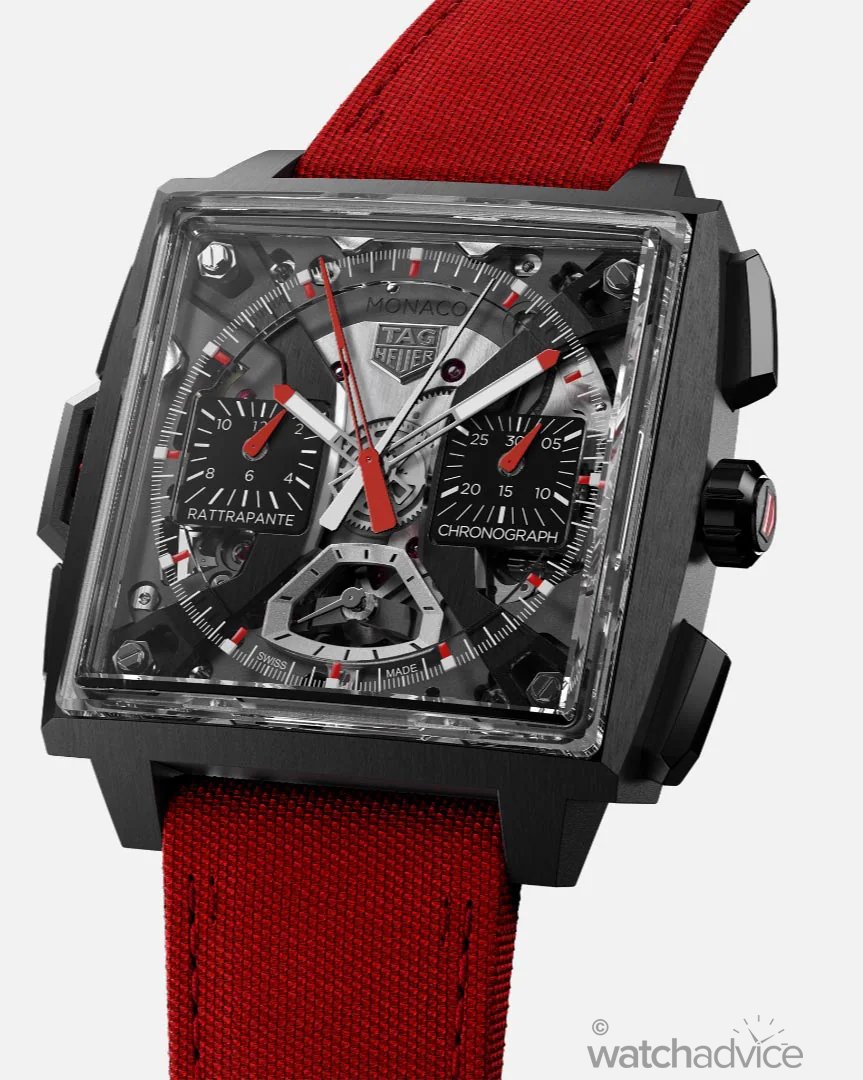
The irony in all of this is that, as technology has raced forward, our appreciation for craftsmanship has deepened even more. Watch connoisseurs today aren’t just buying timepieces, they want to buy a connection to either the watchmaker, to its history, almost to a slower, more meaningful way of creation. That’s why handmade watchmaking endures. It’s a quite standoff against the digital world, and irrefutable proof that luxury isn’t always mass produced, but rather made by hand, one masterpiece at a time.
Smartwatches Vs. Soul
Whenever new technology comes around, it’s always the same scenario. The assumption is always that what came before will become obsolete, that progress must replace tradition. In the digital age, the smartwatch has become the default choice for practicality. It tracks our steps, monitors our heart rate, and essentially lights up with every notification. Now you may think, why do I need a watch that tells the time mechanically, or even a watch with high complications, when I could have my smart watch do so much more?
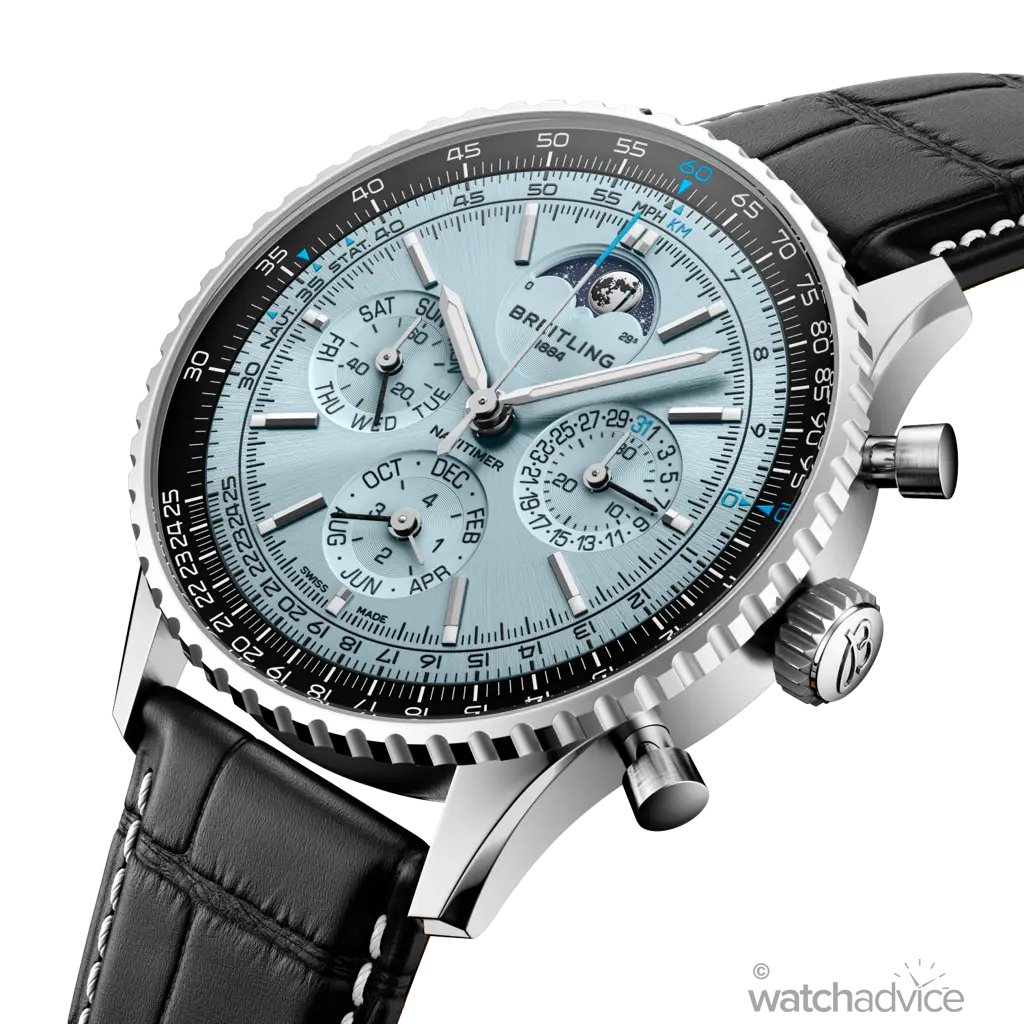
While I get this question from people outside the watch world on a constant occasion, it misses the point entirely. The beauty of mechanical watchmaking was never about function alone. A smartwatch might outperform a tourbillon or perpetual calendar in terms of utility, but it will never replace the emotion behind one. A smartwatch, once obsolete, is replaced, discarded like any other gadget. There’s no emotional bond, no lasting connection. It serves a purpose, but when that purpose fades? So does its value.
A high complication timepiece, on the other hand, exists on the complete other end of the spectrum. A perpetual calendar that accounts for leap years, or a tourbillon spinning endlessly against gravity, doesn’t try to compete with technology; it represents something deeper. It’s a celebration of craftsmanship and tradition in a world obsessed with speed and replacement.
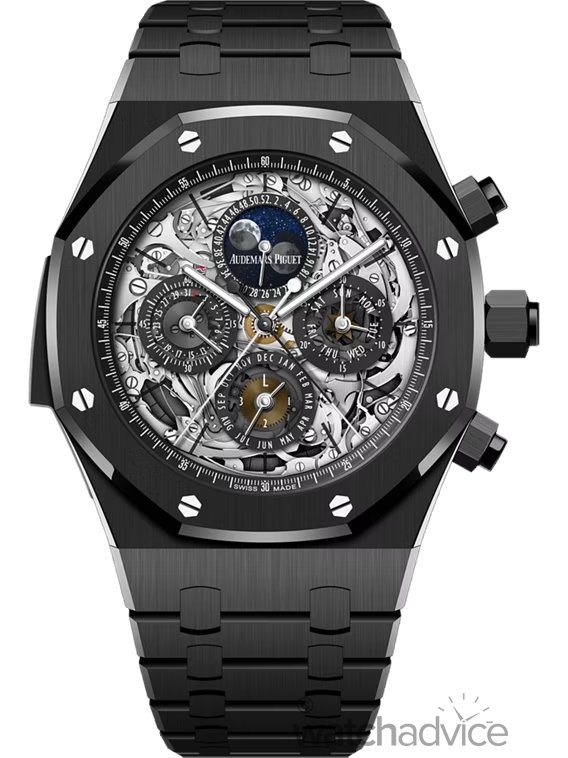
Technology is built to evolve, but watchmaking and high-complication timepieces are built to endure. A smartwatch will be replaced eventually when newer models come out, but a finely crafted mechanical watch can be handed down for generations, still ticking, still alive. This is why complications matter. They give something lasting to a world that moves too fast, turning pure mechanics into something meaningful.
Art In Motion: Masterpieces For The Wrist
Earlier in this article, I mentioned that high complication pieces are the equivalent of artworks on the wrist. Just like a painting or sculpture, they are created not out of necessity, but to demonstrate the watchmaker’s passion and mastery of the craft. High complications themselves are mechanical art on the wrist. The watchmakers we know and love design these complications not just for performance, but also for beauty.
Take one of my favourite watchmaker’s Breguet’s Classique Double Tourbillon “Quai de l’Horologe” 5345. This watch is the very definition of a watchmaker creating a timepiece that is poetic in motion, while also being an “artwork for the wrist”. Firstly, we get two tourbillons that are independent of each other. Each tourbillon makes a full rotation once every minute. The tourbillon bar that connects the two tourbillons also acts as an hour hand. Now this is the genius part of this timepiece. The tourbillons actually rotate around the dial, making a full revolution once every 12 hours. Truly a mechanical masterpiece that makes us fall in love with haute horlogerie, and sums up perfectly everything I described about high complications and their place in modern watchmaking. And the artwork part of this timepiece? Well, the dial itself has various finishing techniques, but it’s the hidden from view caseback that reveals the true artistic painting. The case back shows an engraving of Breguet’s origins, an aerial view of the building at 39 Quai de l’Horloge.
Just like the Breguet above, there are plenty of other maisons that continue to prove that high complications are as much about art as they are about innovation. While there are too many brands with exceptional creations to name, take Jaeger-LeCoultre’s Duomètre Héliotourbillon, a breathtaking display of micro-engineering that suspends its tourbillon in a tri-axial dance, combining symmetry and precision in perfect harmony. Then we have Vacheron Constantin, who have been flat out this year celebrating their 270th anniversary with one masterpiece after another. Just like A.Lange Söhne, when it comes to finishing, Vacheron Constantin truly does leave you in awe of its beauty. The Overseas Grand Complication Openface reveals the architectural beauty of one of the most complex calibres the brand has ever produced.
Both timepieces, though vastly different in design philosophy, share the same purpose: to remind us that haute horlogerie is alive and evolving, constantly reinterpreting what mechanical poetry looks like in the modern era. “Art in Motion” isn’t simply just a phrase; it’s the living essence of high complications, where every rotation of the tourbillon, chime of the minute repeater, and display of the perpetual calendar is a reminder that beauty and precision can coexist in perfect harmony.
Timeless Relevance In A Digital Age
High complication watchmaking will always have a place in horology. As the digital age grows further and further, so will the love and appeal for watchmaking that reminds us, humans are still capable of hand-creating incredible, awe-inspiring mechanical art.
Smartwatches, digital screens, and AI-driven precision certainly dominate the narrative of progress. And this is perfectly fine, as we need both to co-exist. Haute horlogerie doesn’t compete in this same race; however, it stands apart and runs its own race. The relevance of high complications and watchmaking as a whole isn’t measured in processing power or functionality, but in the preservation of artistry, heritage, and emotion.
Every high complication timepiece that is created represents centuries of human ingenuity. So next time you wear that special timepiece, remember that you are not just wearing a machine, but a continuation of a legacy that refuses to be replaced by code. High complications are the heartbeat of an industry that thrives on passion, not just precision.
As technology keeps racing forward, timepieces and high-complication watches remain our link back to an age, a world where patience, craftsmanship, and emotion matter far more than convenience. This perfectly encapsulates why, even in the digital age, the poetry of mechanical watchmaking will never fade. Because no matter how advanced technology becomes, there will always be those who prefer the tick of a balance wheel over the buzz of a notification. So next time someone asks why we love watchmaking so much, you can smile knowing that it’s about far more than just keeping time.


